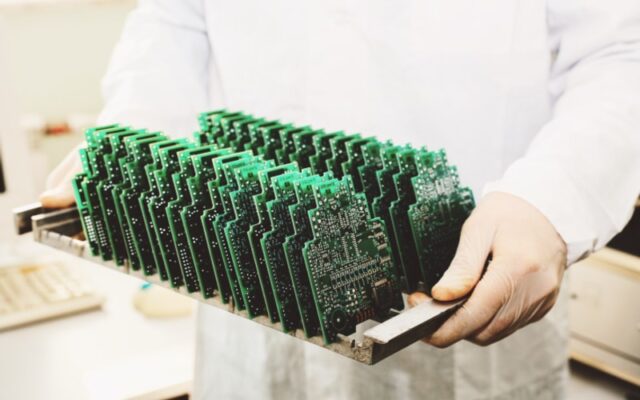
The Biggest Misconceptions About the the Printed Circuit Board (PCBs) Industry
Last updated on June 23rd, 2022 at 04:28 am
There are some misconceptions about the printed circuit board industry that seem to be widespread and can cause confusion if you are new to PCBs. Most misconceptions about the printed circuit board industry have to do with PCB design and manufacturing.
5 Misconceptions About PCB Manufacturing
Printed circuit board manufacturing has a few myths and misconceptions that have stuck over the years, and sometimes even people experienced with printed circuit board design have fallen victim to believing certain falsities.
1. Components Can Be Added Anywhere on the Board
When making their first design, many people seem to be under the impression that components can be added anywhere on the board. When buying circuits boards, the placement of components is a science in and of itself and experienced printed circuit board designers are able to use placement to create a circuit board that is more durable and efficient.
2. Grouping Components Together on the Board is Always a Good Idea
Sometimes, grouping components together on your board may be the best design option,but typically this can lead to longer than necessary trace lengths. Your component placement should be based on the most efficient setup for the circuit, not whether it is next to another, similar component.
3. The Smaller the Board, the More You Save on Costs
Since some of the cost of printed circuit boards is due to the size of the board itself, it makes sense that it would be assumed that the smaller the board, the cheaper the cost. While this is true, to a point, once things get so small it makes manufacturing more difficult, it can be much more expensive. Talk with your printed circuit board manufacturer if you need to discuss the most cost-efficient option for the size of your board.
4. PCBs are Bad for the Environment
Printed circuit boards have gotten a bad reputation as one of the main reasons landfills are leaching toxins into the environment. However, recycling electronics has become easier than ever, and engineers are developing more environmentally friendly options for printed circuit board materials and manufacturing processes.
5. How the Board is Powered is Unimportant
The importance of power distribution tends to be underrated. How the board is powered is critical to the performance and design of your circuit board. Adding extra components may require an increased power supply, and your whole design may need to be revised should you need to change the amount of power distributed throughout the board. Voltage drops and the amount of power going to each component must be carefully planned, and so the power supply plays a crucial role in printed circuit board design and manufacturing.
Although printed circuit boards are relatively simple in theory, in practice it is always better to consult an experienced printed circuit board manufacturer. They will be able to evaluate your design and give you practical advice on anyways your circuit board may be improved to make it more efficient or to save money.
Read Dive is a leading technology blog focusing on different domains like Blockchain, AI, Chatbot, Fintech, Health Tech, Software Development and Testing. For guest blogging, please feel free to contact at readdive@gmail.com.
